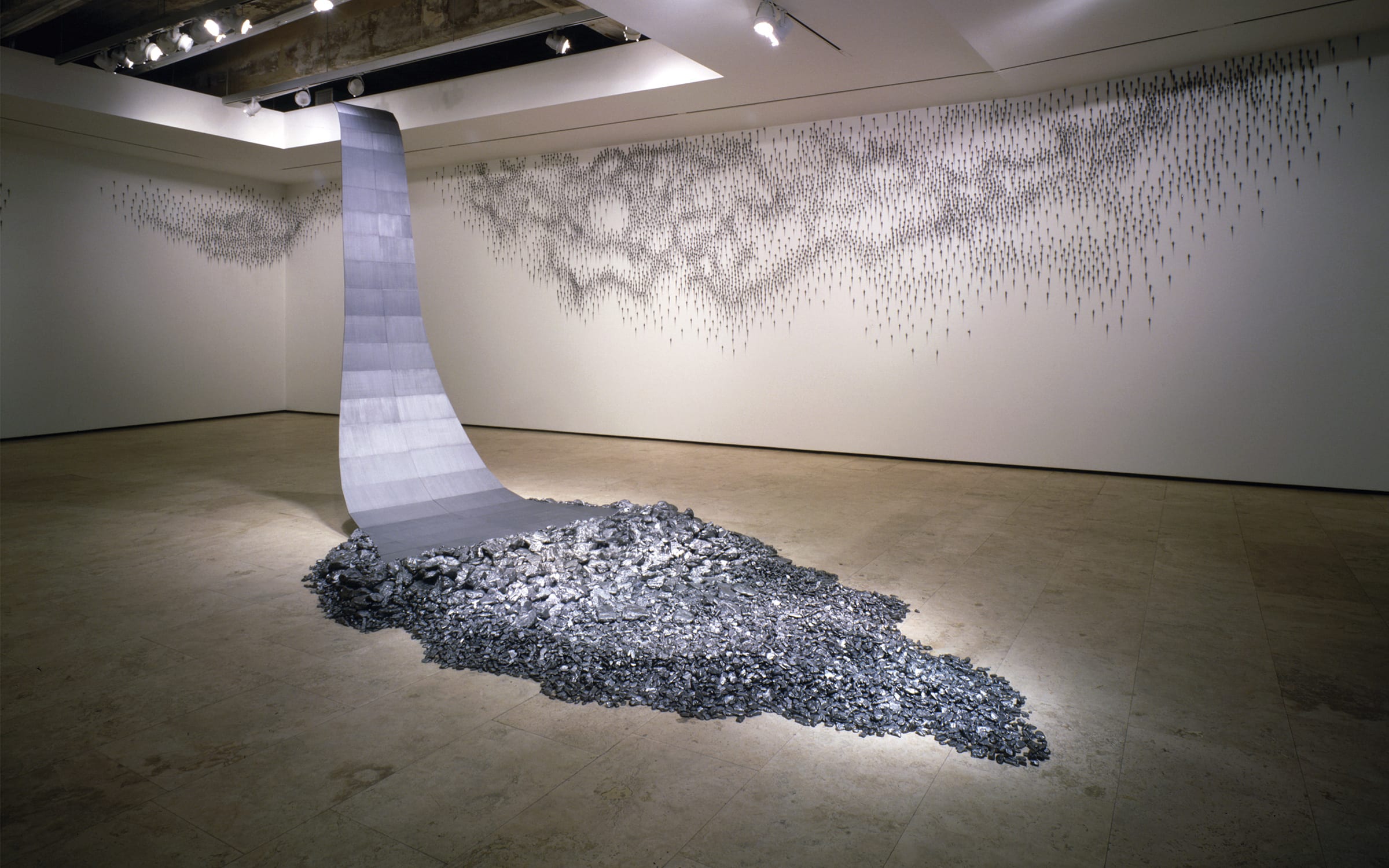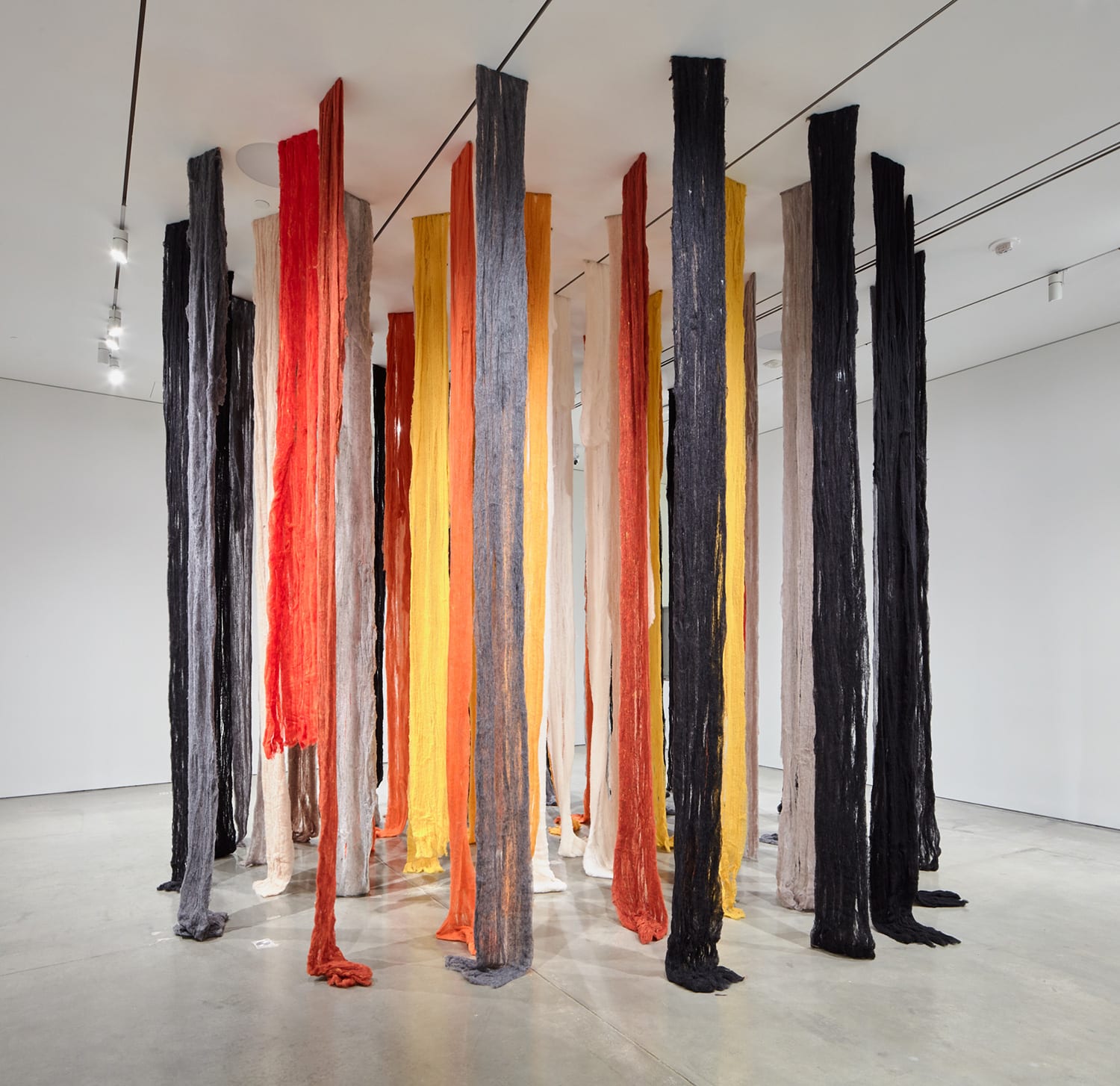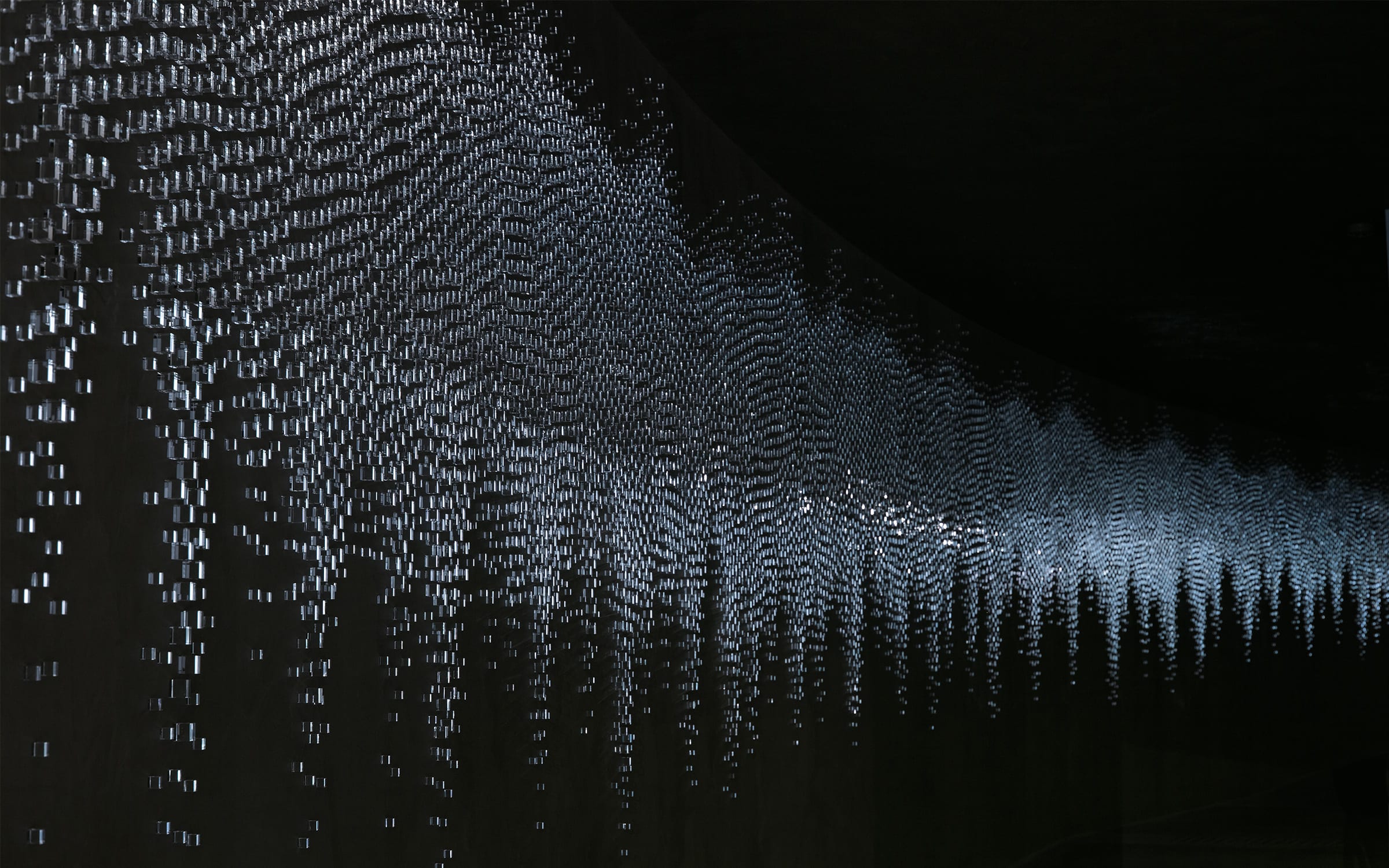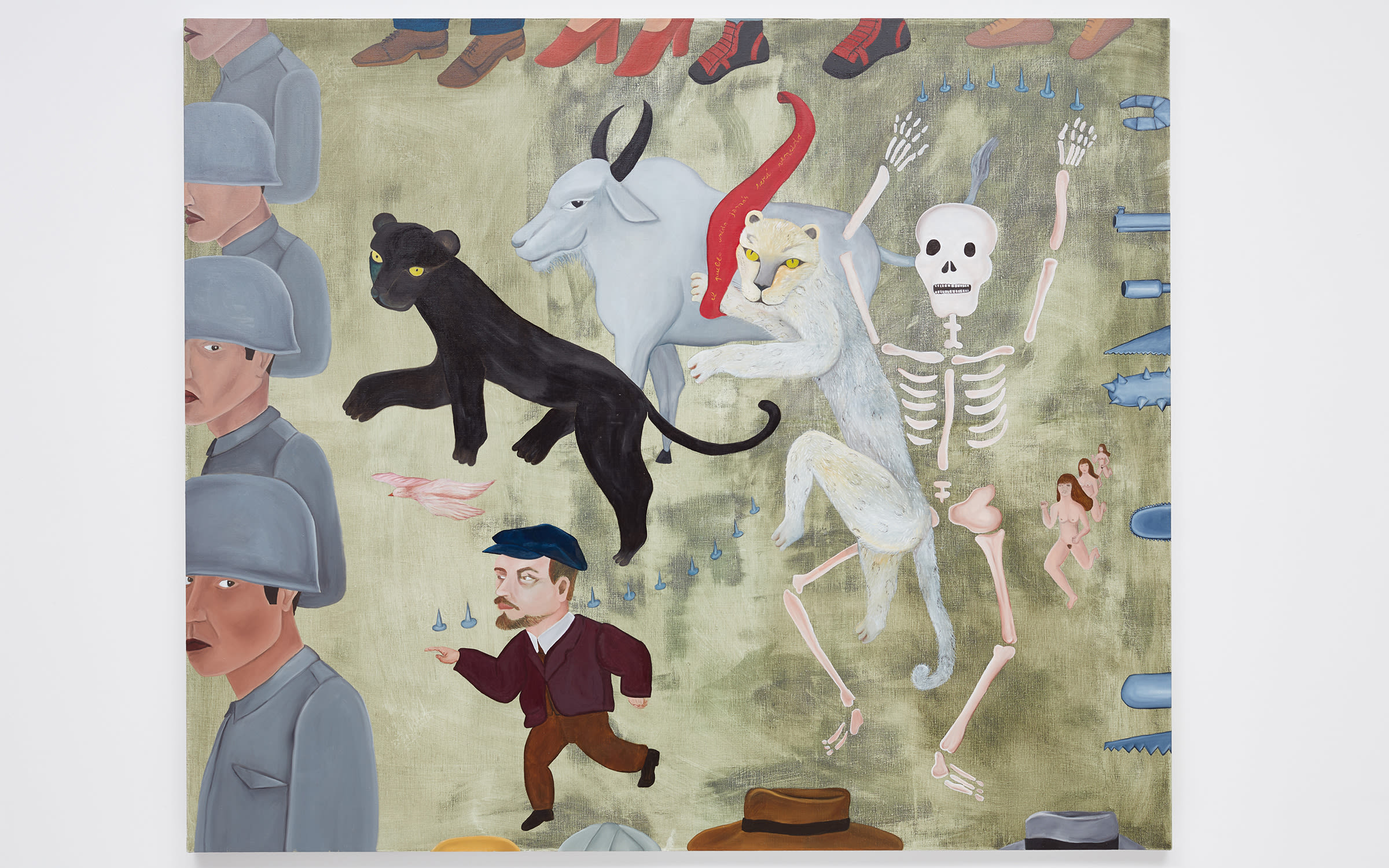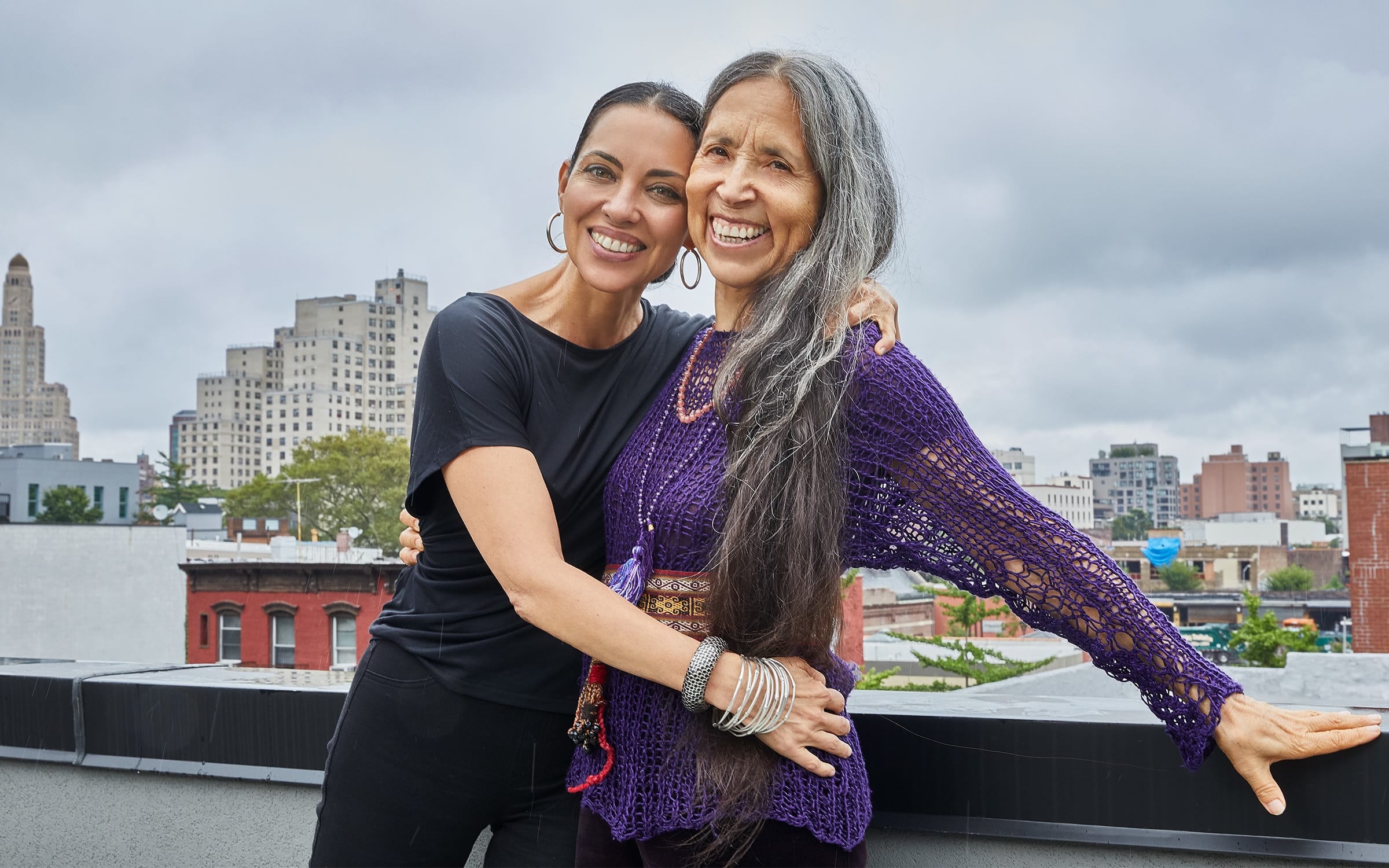The intimate and the vast: a conversation with Cecilia Vicuña and Teresita Fernández
Ahead of their major exhibitions in Miami, the two artists talk indigenous sensibilities and cosmic perspectives
Connectez-vous et inscrivez-vous pour recevoir la newsletter Art Basel Stories
